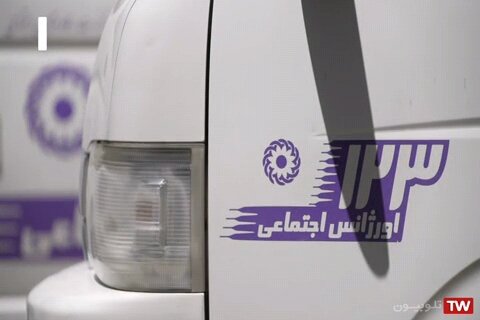According to the report of Public Relations and International Affairs, "Hussein Asadbeigi", the head of the Social Welfare Harms Department of the country, said in a specialized meeting to review the situation of the country's social emergency that the social emergency is a plan to deal with social harms and prevent them since 1999 with the establishment of 9 centers. Intervention in the crisis has been set up in the form of fixed centers, he said: In 2004, 123 telephone lines were set up. It was launched in 1983, and in 1987, mobile service vehicles carrying psychologists and paramedics with a driver to a place where there is social harm were opened, from where it was called a social emergency.
In another part of his speech, Asadbeigi stated: "We have a social emergency in all provinces and cities in the country with a population of more than 50,000, and the number of our forces is 4300,000, which is due to the high number of harms and cities." There are many villages and cities that need to set up other centers in addition to the previous ones, very few. However, in the Sixth Development Plan, Article 80 states that it should be set up in all cities with more than 50,000 people, and since then 150 centers have been added to the previous ones, and now we have about 362 centers in Iran.
He added that, we also have about 300 mobile service cars that were purchased in 1987, but now, after 14 years, these cars are decaying and need to be replaced, but unfortunately we could not get a new car for these 150 new centers that opened in 1996. And these are renters; there are about 130 rental cars that we should be able to get facilities from the government.
Regarding the social emergency forces, he said: "Unfortunately, with the small salaries we pay, some forces are lost and may be hired elsewhere, and we need the approval of the parliament and the cabinet." We have many challenges in the social emergency, including the rights that the management organization and the parliament should allow us to do. It should be noted that many forces do not receive their salaries on time.
The head of the office of the Welfare Social Harms Group said: "We hope that many programs will be written to prevent harms over time."In another part of his speech, Asadbeigi provided statistics on activities in the social emergency and said: "Last year, the social emergency had a total of more than 865,000 missions, which were in four social emergency activities."
"We have two types of related and unrelated calls," he said. "Related calls were over 500,000 calls." We had more than 200,000 missions in mobile services and more than 72,000 in crisis intervention. We also have about 2200 contract workers, which mean that their contract is with the welfare of the province, and about 1200 people have contracts in the form of service contracts with institutions that are under their supervision, but from the point of view of the welfare organization, we are different and all these people have equal rights.


Your Comment